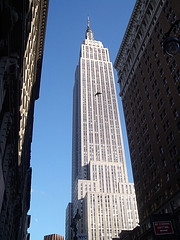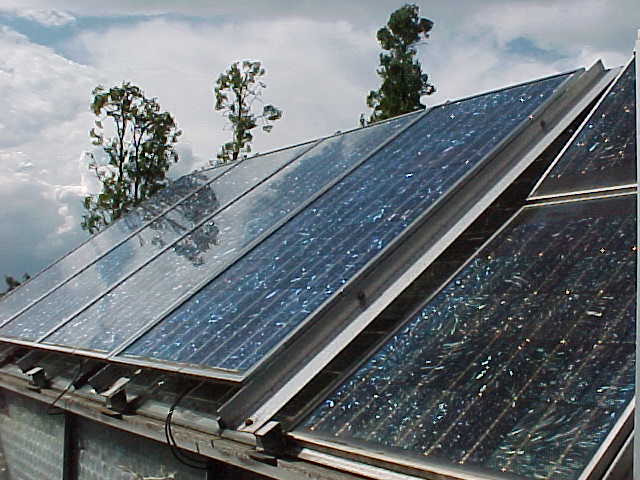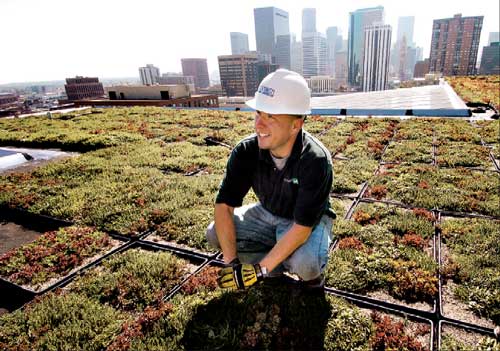 New York City’s Empire State Building is the latest poster child for green innovation. Earlier this week, Anthony Malkin, president of W&M Properties, the company that owns the building, announced that they would begin a $500 million self-financed program to renovate the world famous landmark — $100 million of which would be used to reduce the building’s energy consumption and carbon emissions. The project should be completed by December 2010.
New York City’s Empire State Building is the latest poster child for green innovation. Earlier this week, Anthony Malkin, president of W&M Properties, the company that owns the building, announced that they would begin a $500 million self-financed program to renovate the world famous landmark — $100 million of which would be used to reduce the building’s energy consumption and carbon emissions. The project should be completed by December 2010.
Planned renovations include:
- Replacing 6,500 windows with better-insulated models
- Installing high efficiency heating and cooling systems that adjust to demand as well as produce cool water
- Insulating areas between radiators and external walls to better trap heat
- Adding intelligent lighting, systems which provide illumination only when spaces are occupied, to hallways and common areas
- Instituting an Internet-based system with which tenants can monitor their energy consumption
The plan, developed by Johnson Controls Inc., Jones Lang LaSalle Inc., the Rocky Mountain Institute, and the Clinton Climate Initiative (a group founded by former U.S. President Bill Clinton to partner with cities to cut greenhouse gas emissions), ignores parameters set forth for Leadership in Energy and Environmental Design (LEED) certification. However, according to Malkin, the Empire State Building should qualify for a LEED gold rating once the renovations are completed. These renovations should also reduce energy consumption by 38% annually and carbon emissions by 105,000 metric tons over the next 15 years. Beyond the positive PR, the building’s owners stand to benefit even more overtly; current estimates project they will save $4.4 million each year in reduced energy costs.
As cities around the world look to reduce their environmental impact and conserve both energy and funds, green building stands out as an obvious and necessary innovation. But perhaps even more necessary is green renovation of already existing structures. And while there is little hope that this latest project will garner the 102-story building the same notoriety achieved by a giant monkey and a screaming ingénue, Malkin believes that their efforts may yet become iconic and will send “a strong signal to the rest of the world that going green even in the current economic crisis is an economic and environmental imperative.”
Photo Credit: matze_ott at flickr





